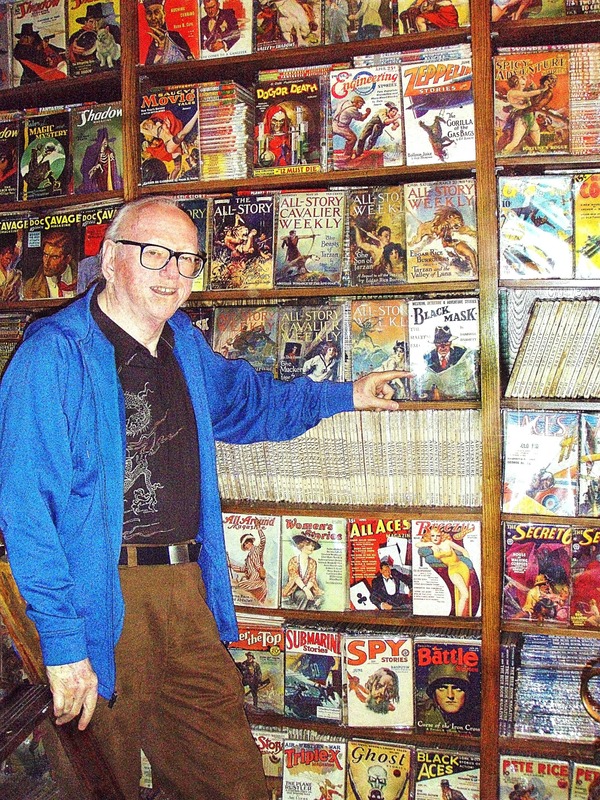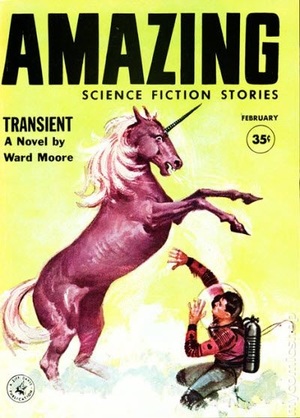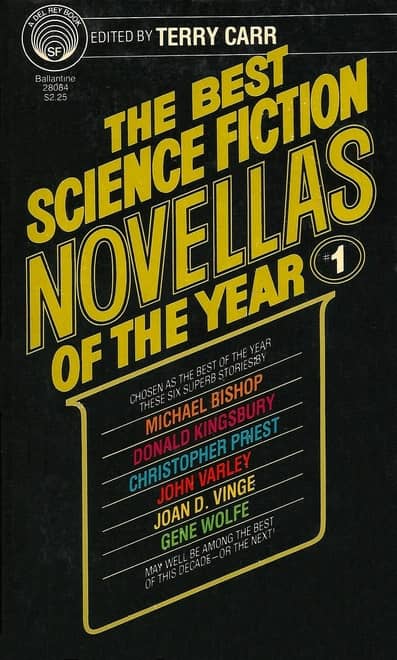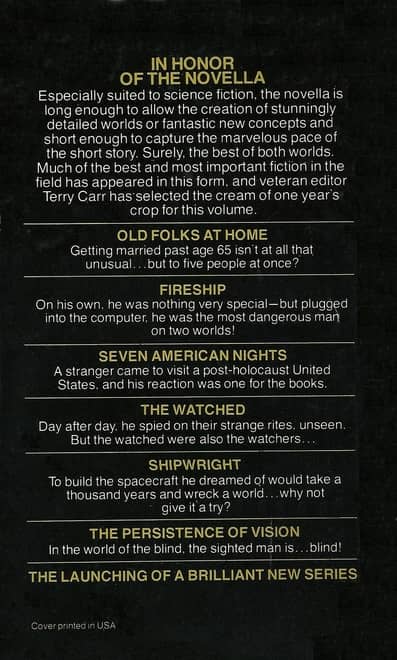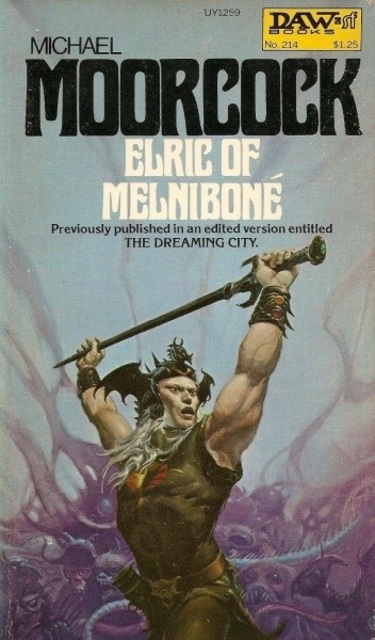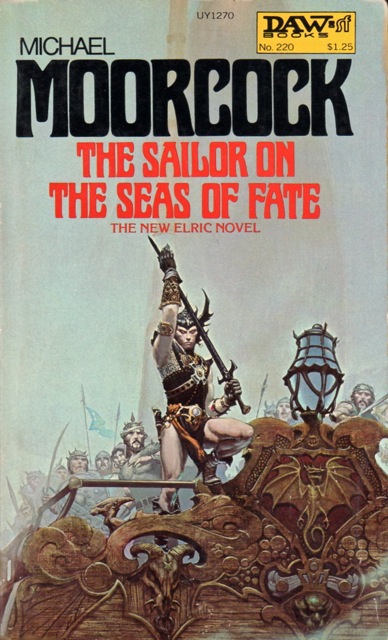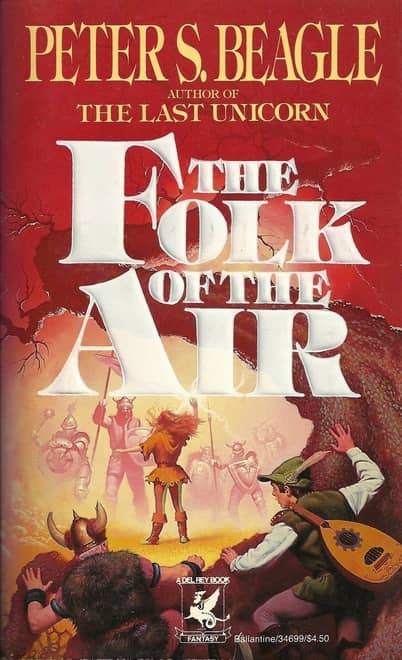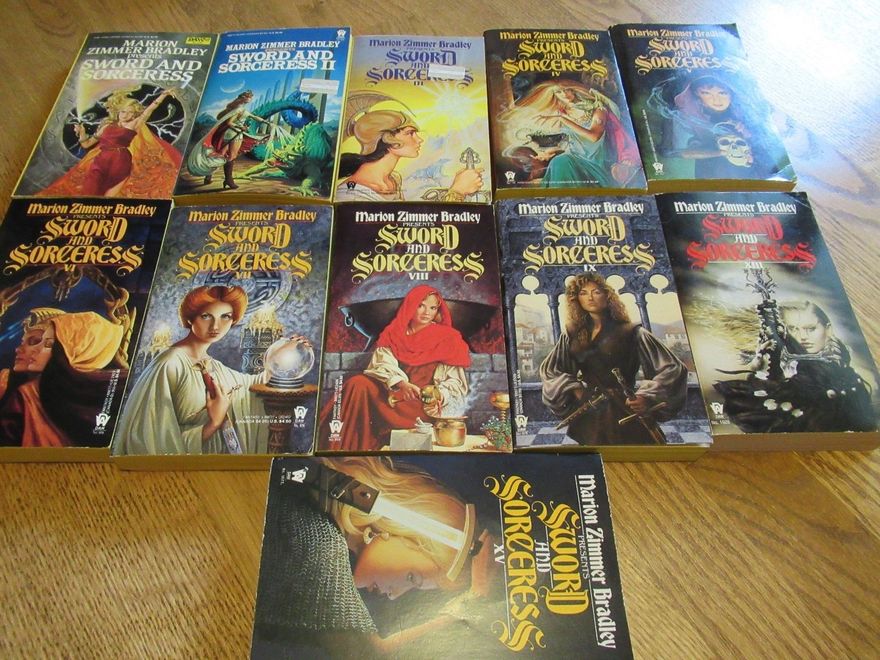Vintage Treasures: Neverness by David Zindell
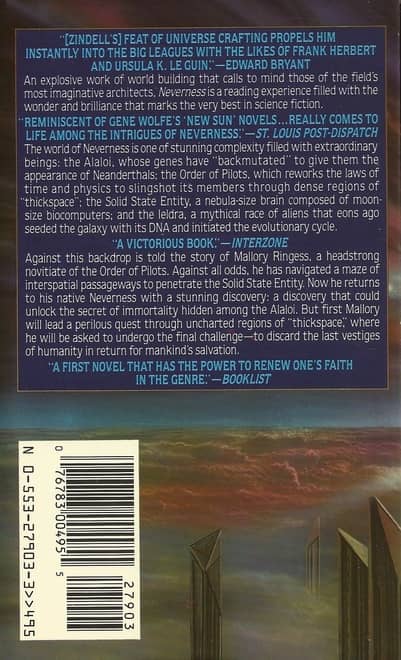 |
 |
David Zindell was nominated for the John W. Campbell Award for Best New Writer in 1986. His space opera trilogy A Requiem for Homo Sapiens (The Broken God, The Wild, and War in Heaven) received plenty of attention in the mid-90s, including a Clarke Award nomination for the opening novel. He also produced a six-book fantasy series, the EA Cycle, but it was not as well received, and only three volumes were ever released in the US.
Much of his reputation today, in fact, comes from his debut novel Neverness, which won instant and wide acclaim. Edward Bryant called it a “Feat of universe crafting [that] propels him instantly into the big leagues with the likes of Frank Herbert and Ursula K. Le Guin.” Kirkus Reviews said “Zindell succeeds brilliantly… in his convincing portrayal of what a super-intelligent being might be like…. Vastly promising work.” And on the basis of this single novel, Gene Wolfe proclaimed Zindell “One of the finest talents to appear since Kim Stanley Robinson and William Gibson — perhaps the finest.”
Zindell has not published a book in the US since The Silver Sword in 2007. His literary career has prospered far better in the UK, however, and his most recent novel, The Idiot Gods, was released across the pond by HarperVoyager in July 2017. It does not yet have a US release date.
Neverness was published by Bantam Spectra in July 1989. It is 552 pages, priced at $4.95. It was reprinted multiple times in the UK by Grafton and HarperCollins, but only once in the US, in a self-published edition in 2015. The wraparound cover of the Spectra version is by Don Dixon.

